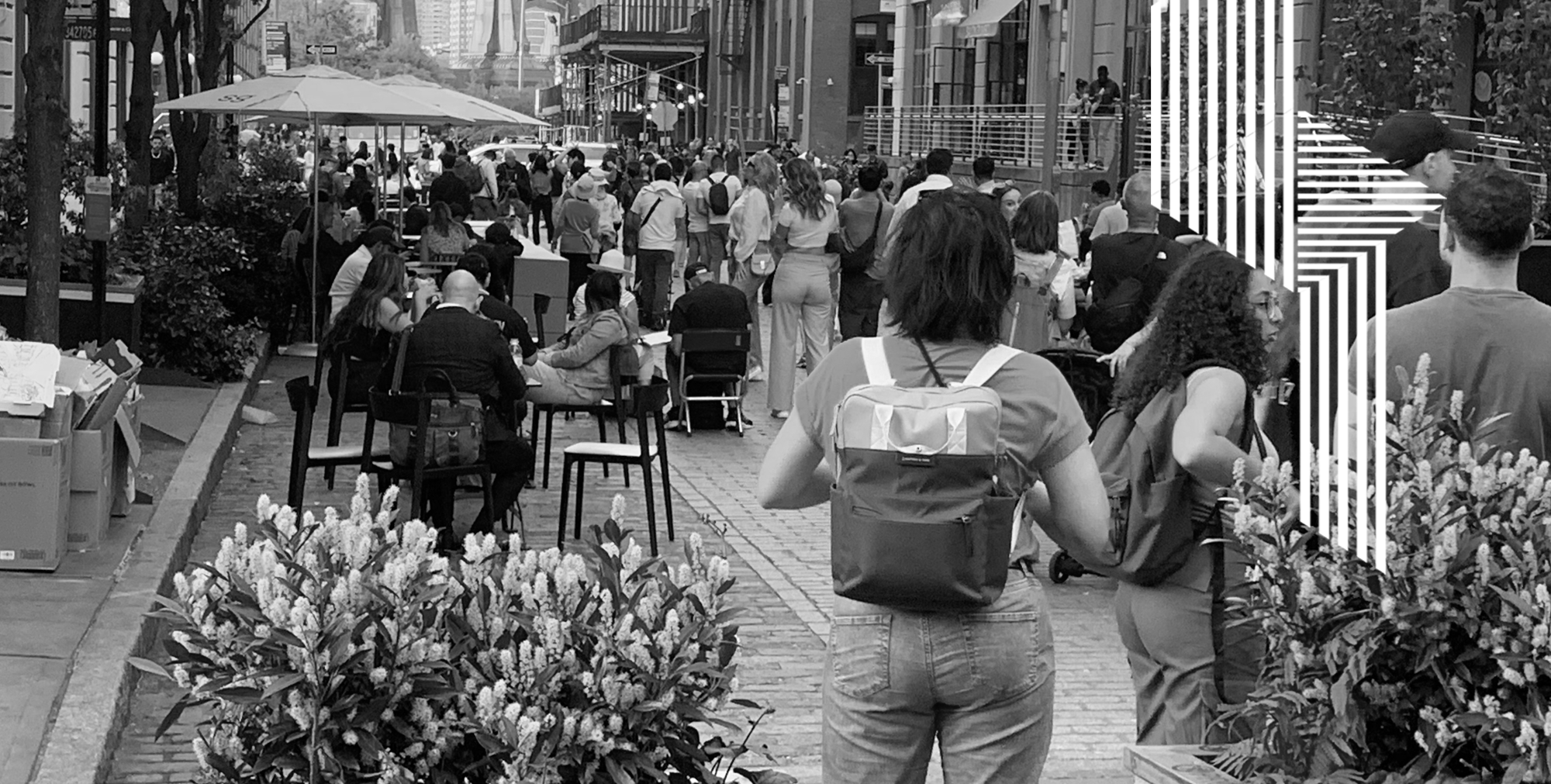
28 Oct What does it mean to build real communities with AI?
Years ago, when I was working at a prominent internet startup, the founder ordered the team to log into a chat room while investors ogled at a demo of “online community” upstairs. During the early days of the internet, I felt using “community” in this manner was wishful thinking. Since then, the term “community” has been stretched thin by social media platforms. Describing likes and comments as “community engagement” may have seemed innovative once, but it now feels insufficient, even sad. Today, of course, there is urgent talk regarding how we need an idea of community that is more than an Instagram feed, especially for young people. As AI is being trained on the aggregate of this vast, sometimes antisocial, dataset, we face new risks and, perhaps, the ultimate irony when it comes to the word “community.” The void stares back.
Fortunately, an alternative is available and I first got a sense of it when COVID hit. At the time, the worst was feared for New York. Businesses in the Brooklyn Navy Yard pulled together and manufactured medical gear in vast quantities. It was an impressive pivot. I was working on migrating a massive procurement platform for a consortium of manufacturers in the Midwest. Being based in the Brooklyn Navy Yard, I wanted to help local businesses. Speaking to businesses at the time, I heard a common refrain. They were set up to source from overseas and were struggling from supply chain disruptions. In many cases, businesses eventually discovered they could meet their needs locally—sometimes from someone just downstairs or around the corner. It became evident that communities needed better internal visibility and help to operationalize around proximate businesses. Unfortunately, the “community” of most internet platforms did not seem designed to maximize these kinds of connections, but atomize them.
“Pulling together” to powerfully respond to a challenge, in a manner that strengthened our community, was the genesis of Pull.City. This work accelerated with the emergence of powerful AI. Given our focus on community, our use of AI proved novel. Debates concerning alignment and the misuse of data mattered less, given that we were engineering our platform for community control. Pull,City builds tools to make local businesses more visible and accessible to each other—reflecting the kind of proximity-based connections that define our neighborhoods. Today, we are excited to be working closely with local businesses in the Brooklyn Navy Yard and DUMBO to build a platform that is transforming, for the better, what online “community” can mean.